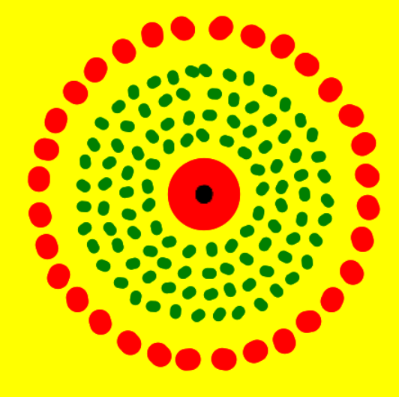Bruner, Jerome. The Culture of Education (1996)
Eglash, Ron and co., various articles:
- Automation for the Artisanal Economy: Enhancing the Economic and Environmental Sustainability of Crafting Professions with Human-Machine Collaboration (2019)
- Of Marx and Makers: an Historical Perspective on Generative Justice (2016)
- Culturally responsive computing as brokerage:toward asset building with education-based social movements (2016)
- Computer Science Education from Life (cSELF) (2013)
- From Ethnomathematics to Ethnocomputing: indigenous algorithms in traditional context and contemporary simulation (2012)
- Fractal Simulations of African design in pre-college Computing Education (2011)
- Teaching with Hidden Capital: Agency in Children’s Computational Explorations… (2009)
- Culturally_Situated_Design_Tools_Ethnocomputing from field site to classroom (2006)
Frank, Thomas, Listen Liberal: Or, What Ever Happened to the Party of the People? (2016)
Gershenfeld, Neil; Gershenfeld, Alan; Joel Cutcher-Gershenfeld. Designing Reality: How to Survive and Thrive in the Third Digital Revolution (2017)
Goldstein, Rebecca, The Mind-Body Problem: A Novel (1993)
Goldstein, Rebecca, Plato at the GooglePlex: Why Philosophy won't go Away (2014)
Graeber, David. Debt: The First 5,000 Years (2014 edition)
Graeber, David. Bullshit Jobs: A Theory (2019)
Hudson, Michael. Killing the Host: How Financial Parasites and Debt Bondage Destroy the Global Economy (2015)
Hudson, Michael. J is for JUNK Economics: A Guide to Reality in an Age of Deception (2017)
Kelly, Kevin. The Inevitable: Understanding the 12 Technological Forces that will Shape our Future (2017)
Marcus, Gary and David, Ernest. Rebooting AI: Building Artificial Intelligence we can Trust (2019)
Merlan, Francesca. Caging the Rainbow: Places, Politics and Aborigines in a Northern Australia Town (1998)
McLean, Ian. How Aborigines invented the idea of contemporary art: edited and introduced by Ian McLean (2011)
McLean, Ian. Rattling Spears: A History of Indigenous Australian Art (2016)
Nakata, Martin. Disciplining the Savages, Savaging the Disciplines (2007)
Perkins, Rachel. Boyer Lectures 2019 (audio)
unique perspectives:PAPUNYA TULA ARTISTS AND THE ALICE SPRINGS COMMUNITY (2012)
Previous: 2019 books



